Dibbons
Well-Known Member
- Local time
- 3:15 AM
- Joined
- Nov 29, 2014
- Messages
- 4,753
- Reaction score
- 5,467
- Location
- La Paz, B.C.S., Mexico
A month or two ago I adjusted my torsion bars up some, pushing up and down on the front bumper like you are supposed to do.
I pushed the vehicle in and out of the garage about ten times since, but never drove the car anywhere.
Today I drove less than 5 miles to the gas station and back. The front tires were very noisy and they both got very warm quickly. Back home I noticed the vehicle was sitting an inch or two higher in the front than I had set it, and the camber had gone crazy. Too dark now to investigate further.
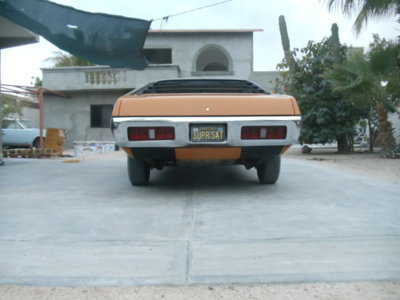
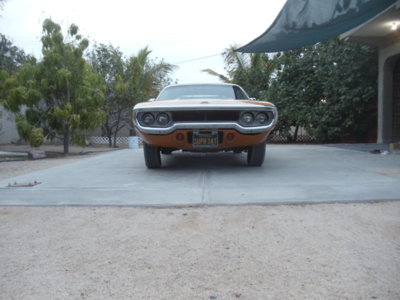
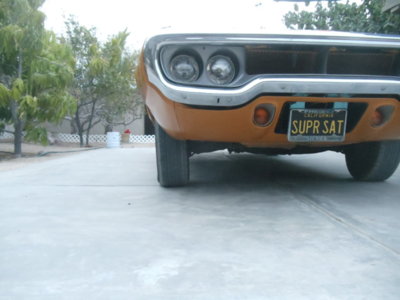
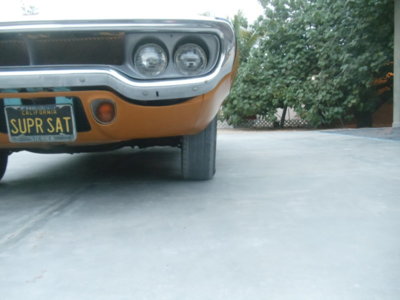
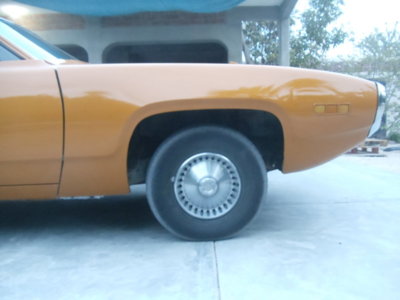
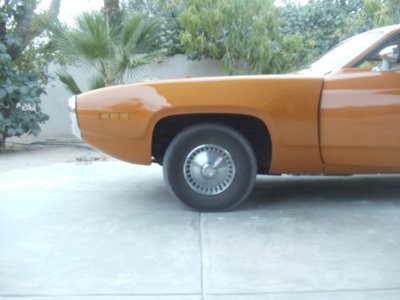
I pushed the vehicle in and out of the garage about ten times since, but never drove the car anywhere.
Today I drove less than 5 miles to the gas station and back. The front tires were very noisy and they both got very warm quickly. Back home I noticed the vehicle was sitting an inch or two higher in the front than I had set it, and the camber had gone crazy. Too dark now to investigate further.























